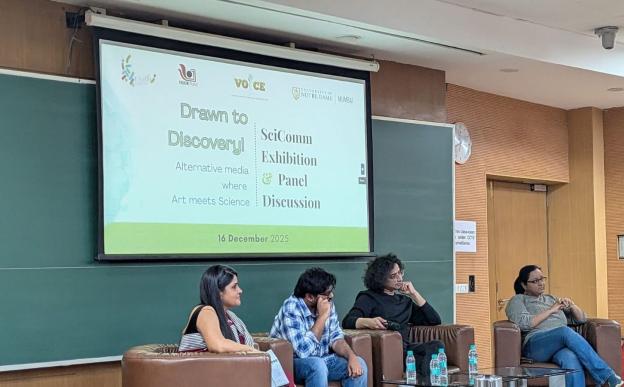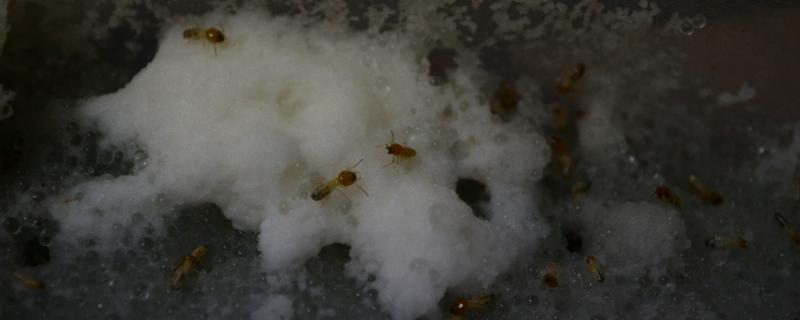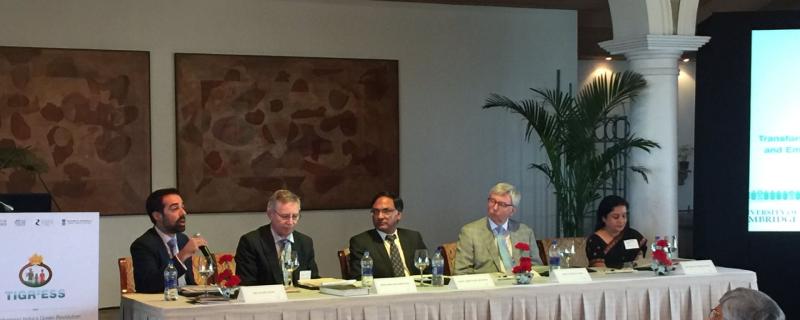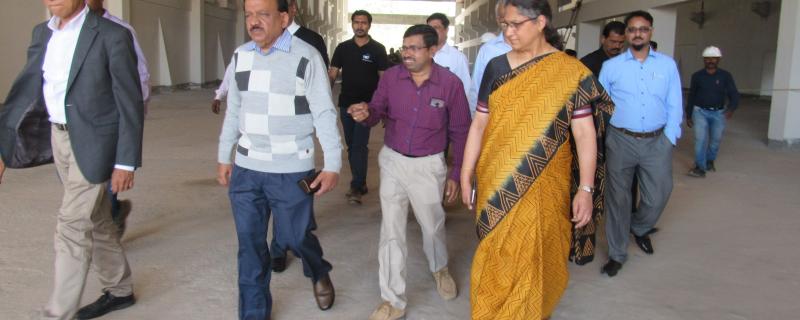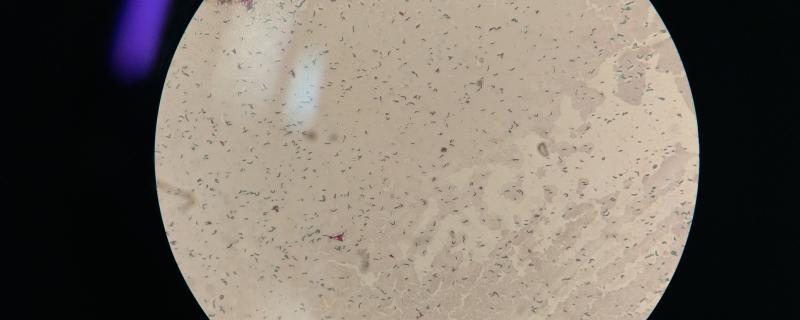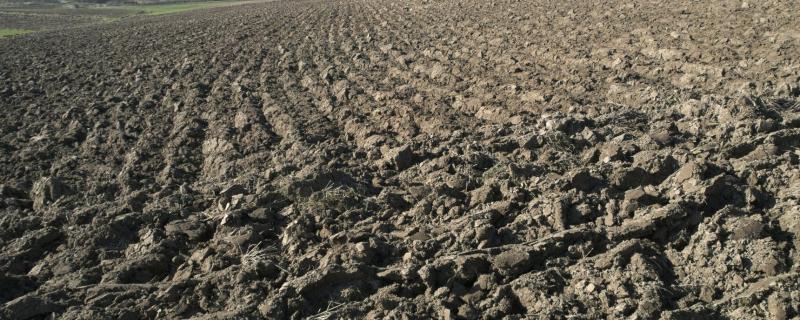Alzheimer's affects a large section of our aged population. Scientists from the Indian Institute of Science, Bangalore, shed some light on how the disease can be identified in its early stages.
The Indian Institute of Science Education and Research (IISER) Pune on Tuesday launched the VOICE Fellowship 2025
Pune/
